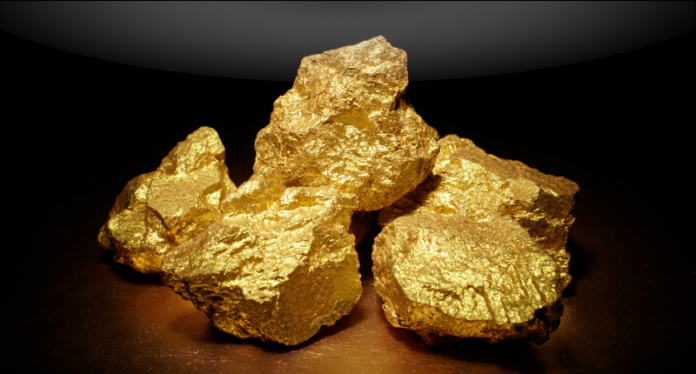Gold prices rose on Thursday, as U.S. sanctions against Russia and possible new export controls on China added to geopolitical risks, buoying demand for safe-haven assets.
Spot gold was up 0.6% at $4,119.54 per ounce, as of 0720 GMT. Bullion fell to a near two-week low in the previous session. U.S. gold futures for December delivery climbed 1.7% to $4,134.60 per ounce.
“Gold is attempting to find its footing following the healthy and sorely-needed technical pullback (and while) stubborn geopolitical risks should preserve safe-haven bids … it has been less inclined to produce wild swings in reacting to such (news),” said Han Tan, chief market analyst at Nemo.money.
The Trump administration is considering a plan to curb an array of software-powered exports to China, from laptops to jet engines, to retaliate against Beijing’s latest round of rare earth export restrictions.
Meanwhile, U.S. President Donald Trump imposed Ukraine-related sanctions on Russia for the first time in his second term, targeting oil companies Lukoil and Rosneft.
Gold prices have gained about 57% this year, reaching an all-time peak of $4,381.21 on Monday, bolstered by geopolitical and economic uncertainties, rate-cut bets and sustained central bank buying.
Focus shifts to the U.S. Consumer Price Index (CPI) report due on Friday, delayed due to the government shutdown, which is expected to shed more light on the Federal Reserve’s interest rate cut path.
A 25-basis-point rate cut at the Fed’s meeting next week has been almost fully priced in by investors.
Non-yielding bullion tends to do well in low-interest-rate environments.
“We continue to view gold as an effective portfolio diversifier, with further gains toward our upside case of $4,700/oz still possible should adverse macro and political developments emerge,” Mark Haefele, Chief Investment Officer at UBS, said in a note.
Elsewhere, spot silver rose 1.6% to $49.28 per ounce, platinum gained 1.8% to $1,651.25 and palladium lost 0.8% to $1,447.90.




